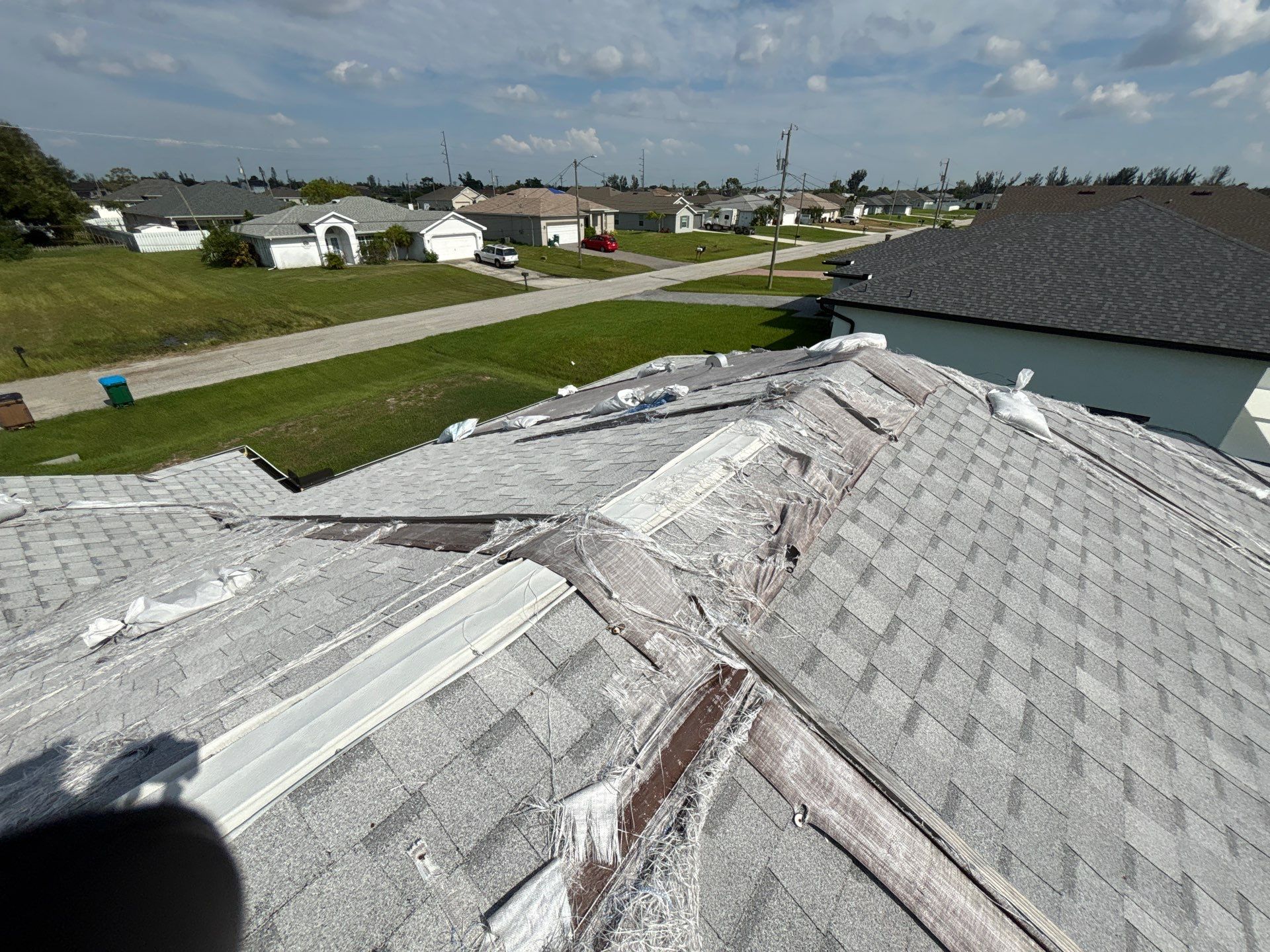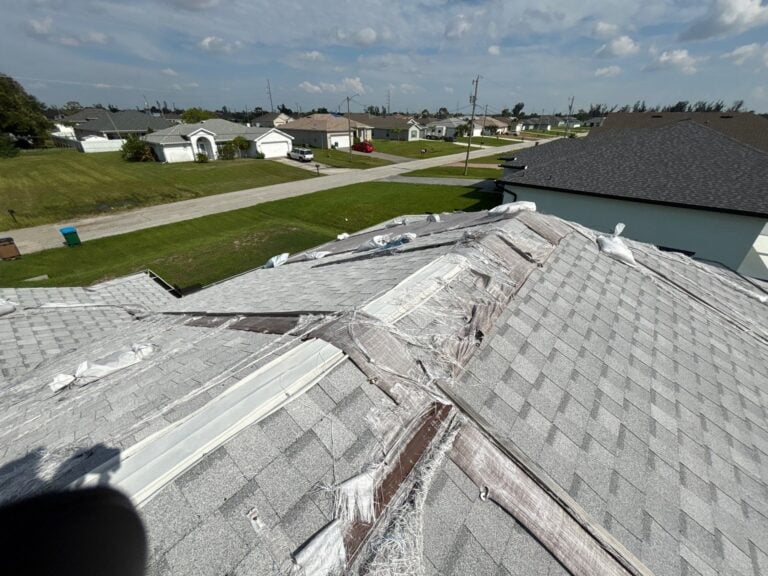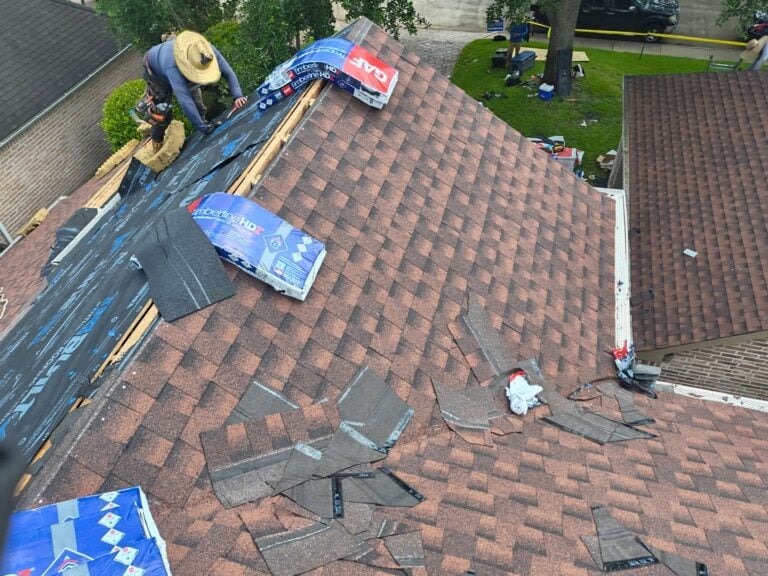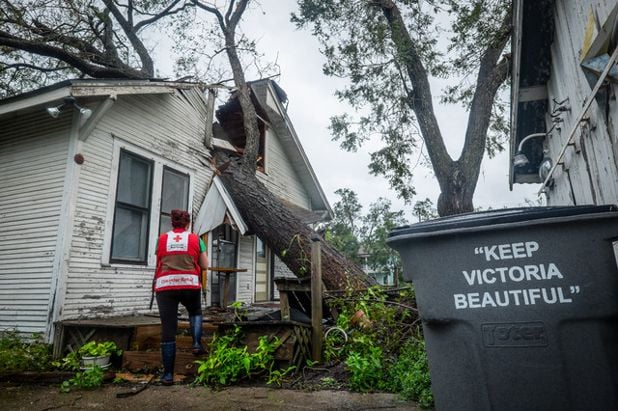Katy, TX homeowners know that Texas weather doesn’t hold back. Between blistering summers, heavy rain, and sudden hailstorms, your roof takes a beating year-round. While most people don’t think about their roof until there’s a visible problem, regular inspections can save thousands of dollars in damage and extend your roof’s lifespan.
So how often should you get your roof inspected in Katy? Let’s break it down by climate, material, and the type of home you have—so you can protect your investment before small issues turn into major repairs.
1. The General Rule: Twice a Year
As a rule of thumb, roofing experts—including the National Roofing Contractors Association (NRCA)—recommend having your roof professionally inspected at least twice a year, typically in the spring and fall.
Why? Because these seasons follow Katy’s most extreme weather patterns. Spring inspections help identify storm or hail damage, while fall inspections prepare your roof for colder temperatures and potential rainfall.
Key benefits of biannual inspections:
- Detect small leaks before they become major water damage
- Spot loose shingles or flashing
- Prevent costly emergency repairs
- Extend your roof’s lifespan
2. After Severe Weather Events
Katy’s unpredictable weather makes post-storm inspections a must. If you’ve recently experienced hail, high winds, or heavy rain, schedule a roof inspection immediately.
According to Ready.gov, storm-related damage can often go unnoticed, especially when it’s beneath the surface—like cracked underlayment or dislodged flashing. Left unchecked, that hidden damage can lead to leaks, rot, and even structural problems.
Call your roofer right away if you notice:
- Missing or curled shingles
- Granules in your gutters
- Leaks or water stains on your ceiling
- Sagging areas on the roofline
Even minor storm damage can compromise your roof’s integrity, especially under the Texas heat that expands and contracts materials over time.
3. Different Roofing Materials, Different Needs
Not all roofs age the same way. The type of material you have determines how often inspections should happen:
- Asphalt shingles: Every 6 months. They’re affordable but prone to heat and hail damage.
- Metal roofing: Every 12 months. Long-lasting, but watch for loose fasteners or rust spots.
- Tile or slate roofing: Every 12–18 months. These materials are durable, but cracked tiles can lead to hidden water intrusion.
The U.S. Department of Energy also notes that maintaining roof reflectivity through regular care can improve your home’s energy efficiency—making inspections not just preventative, but also cost-effective.
4. Roof Age Matters Too
If your roof is under 5 years old, annual inspections may be enough unless there’s severe weather. But if it’s over 10 years old, schedule inspections every 6 months. Aging roofs are more vulnerable to cracking, granule loss, and sealant failure.
The goal is to catch issues before they reach your attic, where moisture can lead to insulation damage or mold growth. Routine inspections keep you ahead of expensive replacements.
5. DIY Visual Checks Between Professional Inspections
While nothing replaces a professional inspection, homeowners can still perform safe, basic checks from the ground. Grab a pair of binoculars and look for:
- Missing, cracked, or curling shingles
- Rust on flashing or vents
- Sagging gutters
- Debris buildup on the roof or valleys
For flat roofs, check for pooling water or membrane bubbles. You can also check the attic for light leaks or water stains after heavy rain.
The Insurance Institute for Business & Home Safety (IBHS) recommends performing these quick visual inspections after every major storm to reduce your risk of long-term structural damage.
6. The Cost of Skipping Inspections
Many homeowners assume skipping inspections saves money—but the opposite is true. A simple inspection might cost a few hundred dollars, while roof replacements can easily run into the tens of thousands.
In fact, most roofing issues start small. A single loose shingle can let in water, weaken your decking, and lead to mold or insulation problems. Regular inspections ensure you’re catching those early signs before they spiral into costly repairs.
7. Why Choose a Local Roofing Expert in Katy, TX
Local knowledge makes all the difference. A Katy-based roofing company like Smith & Sons Roofing understands the area’s weather patterns, local building codes, and roofing materials that perform best in Texas heat.
Our team knows what to look for in hail damage, heat warping, and humidity-related wear—things an out-of-town contractor might miss. Plus, we’ll document inspection results for your insurance, making claims smoother if storm damage occurs.
Keep Your Roof Protected Year-Round in Katy, TX
Your roof is one of your home’s biggest investments—and it deserves regular care to stay strong against Texas weather. Scheduling inspections twice a year, and after every major storm, is the best way to keep small problems from becoming expensive ones.
At Smith & Sons Roofing, we help Katy homeowners maintain and protect their roofs through professional inspections and honest recommendations. Whether you need a quick checkup or a full roof assessment, we’ve got your home covered.
To see the full range of roofing solutions we offer in your area, check out our Katy, TX roofing services page and learn how we help local homeowners keep their roofs strong all year long.
Book your roof inspection today and keep your roof ready for whatever Texas weather brings next.




